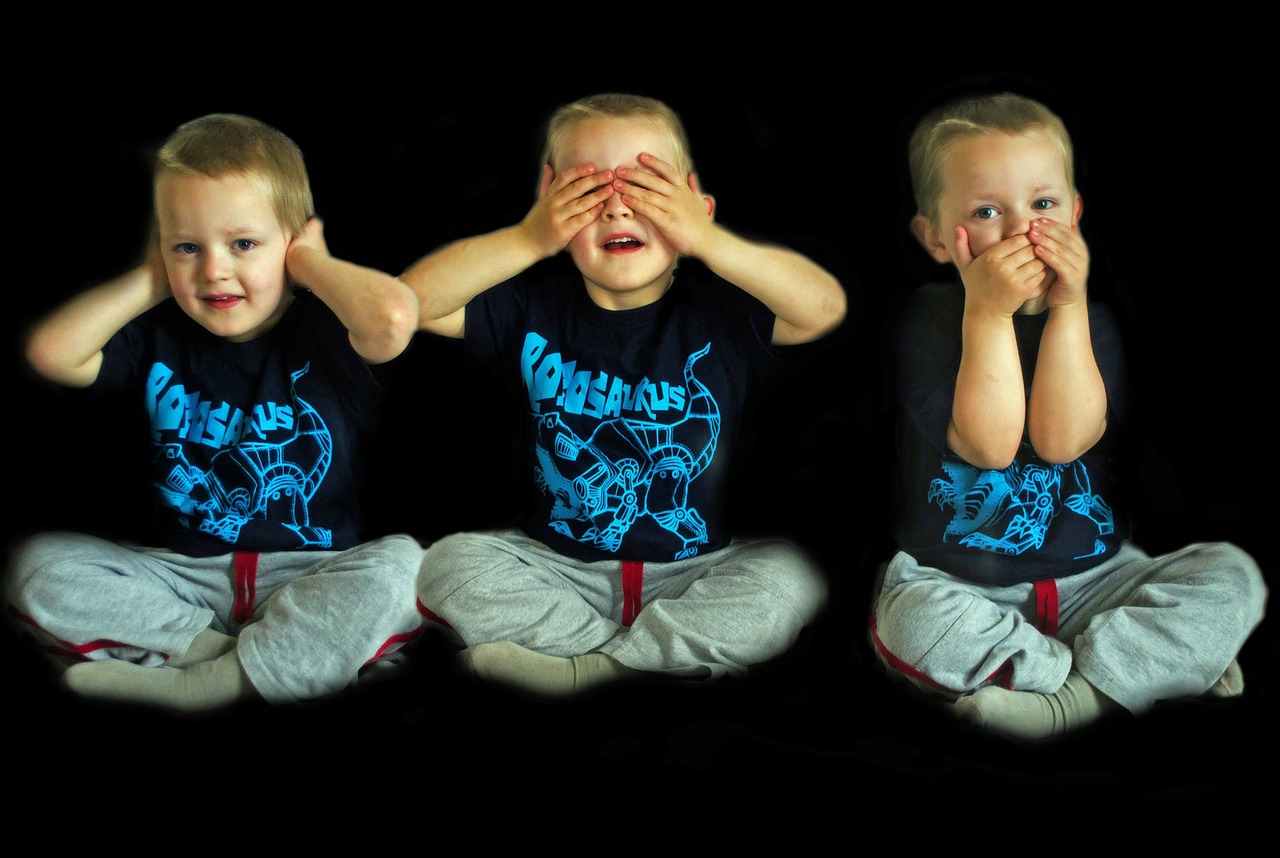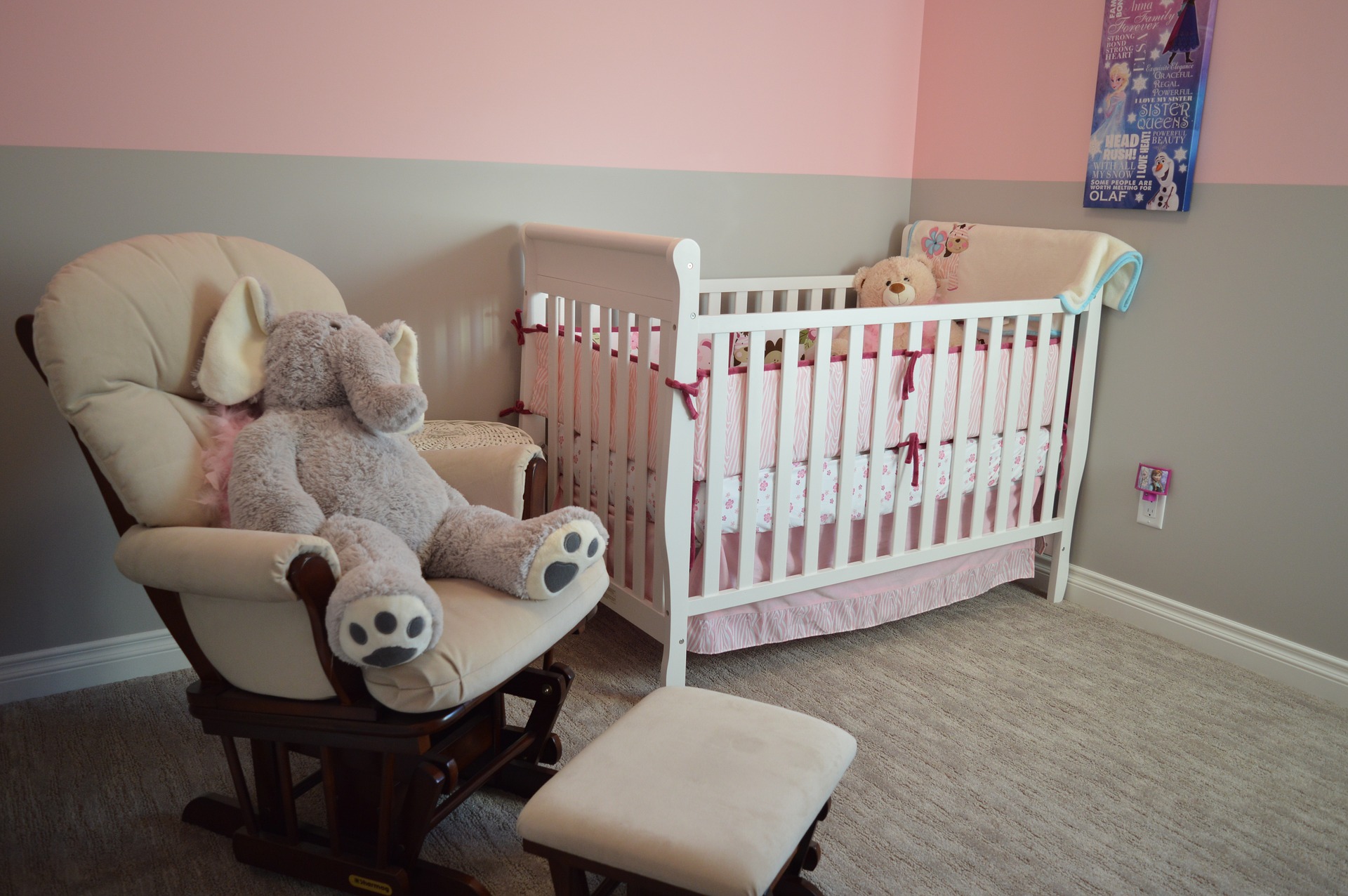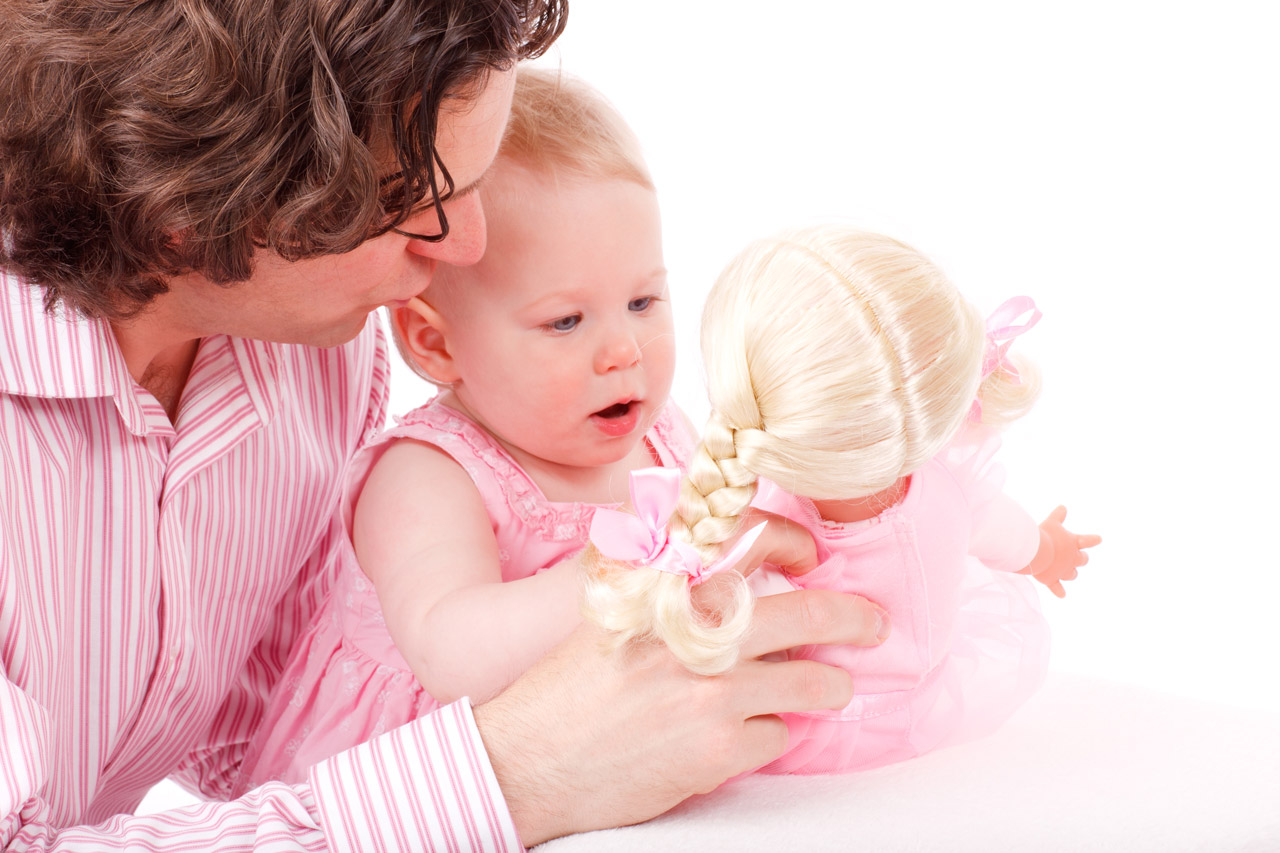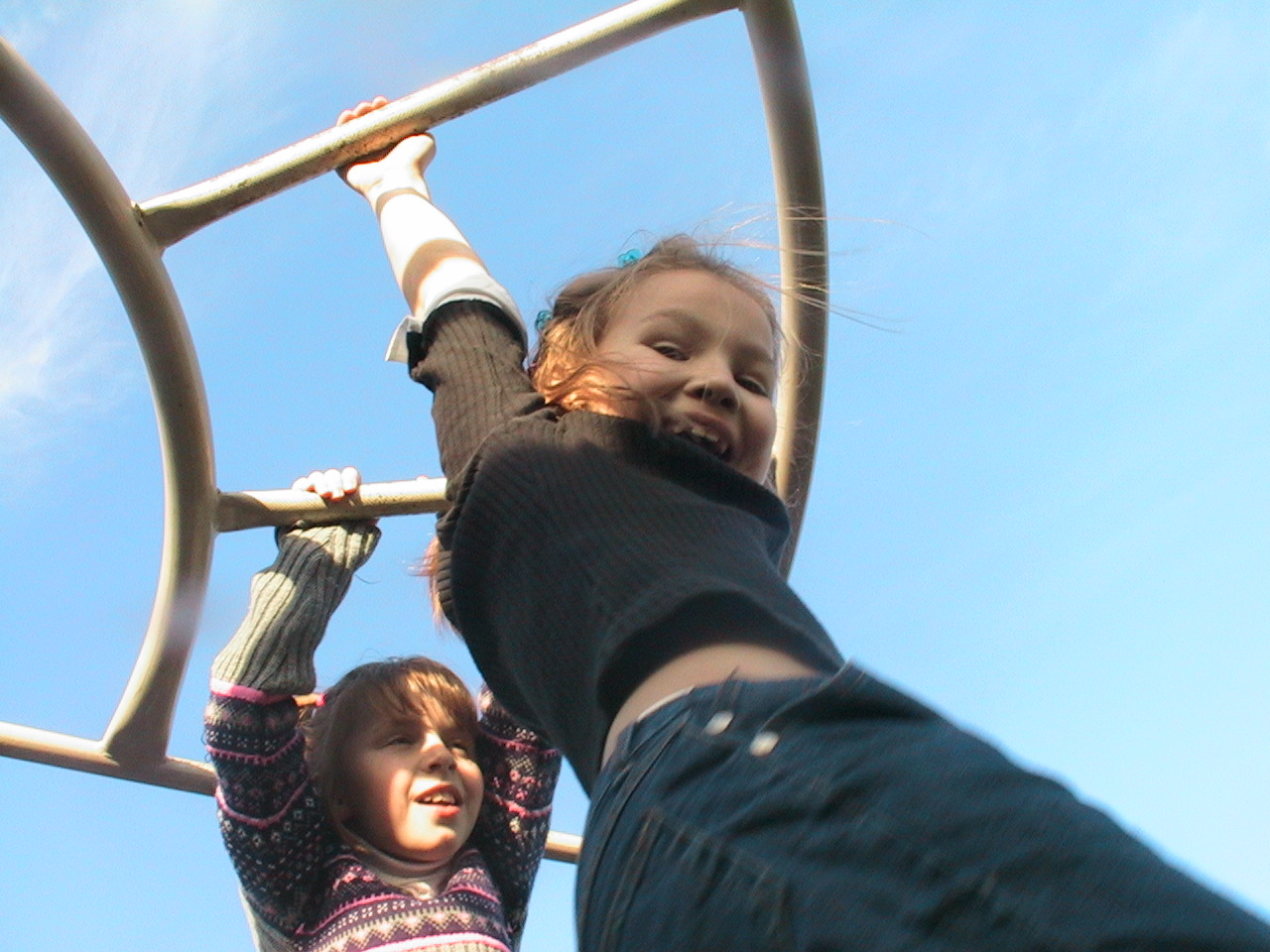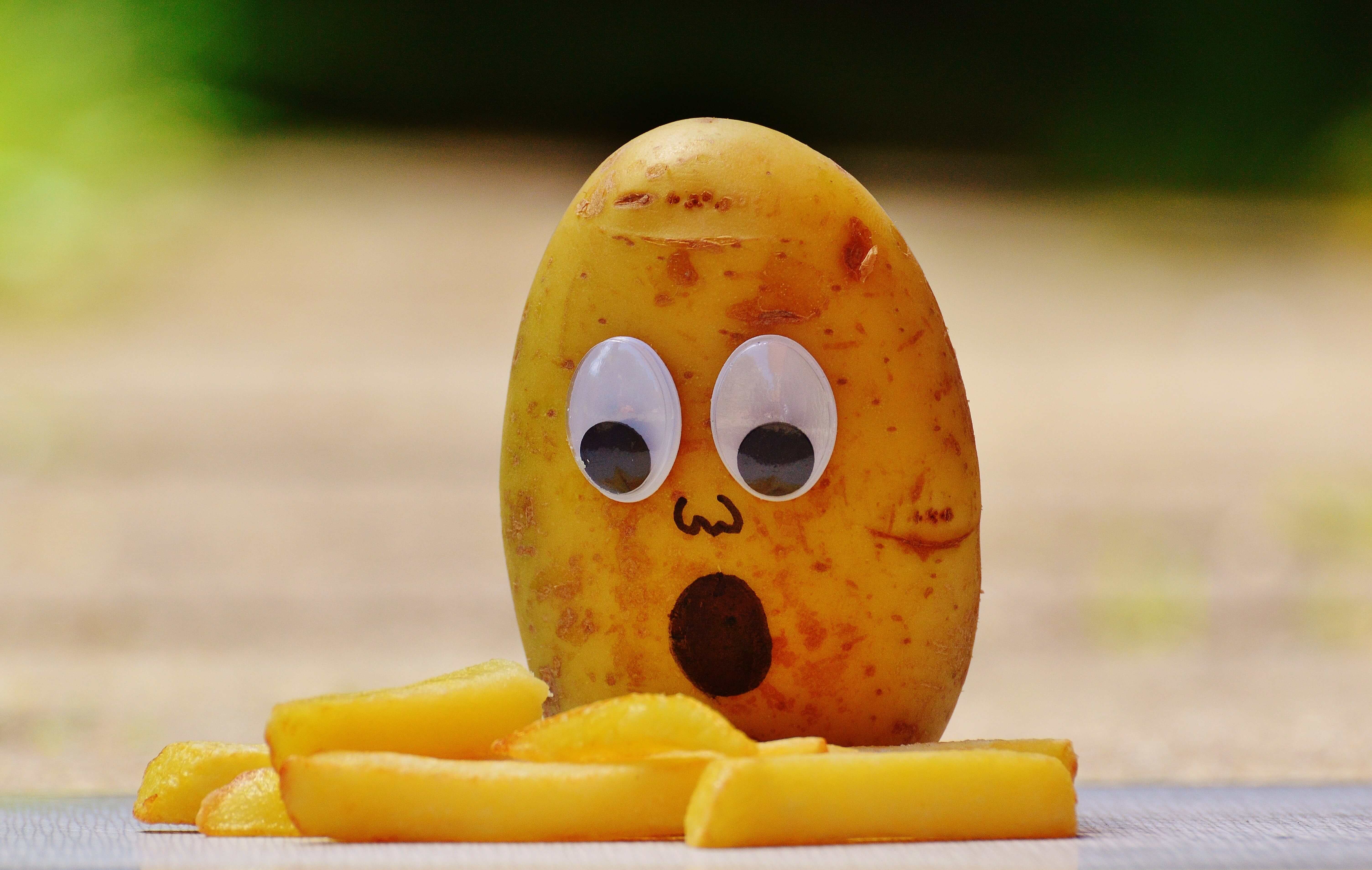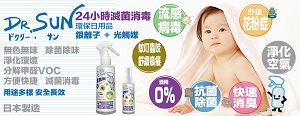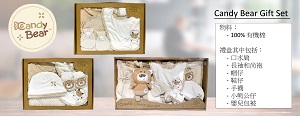The Functions of Milk Teeth
It is quite a shock to see at health care centres the number of children having bad teeth. Apparently, parents need to find out better ways to handle their children’s oral care. The following sharing might be helpful to parents. Besides helping in chewing when babies has grown to such stage when milk is no longer a main food but secondary, the appearance of milk teeth is a reminder to parents that it is time to take care of their babies oral hygiene. Functions of Milk Teeth 1. Facilitating chewing Your babies require a lot of quality nutrients in the process of growth, and the ways to acquire them are almost all through their mouths. If milk teeth, which help the digestion and absorption of food by chewing, lose their chewing function, partially or whole, the absorption of nutrients, and thus normal growth of babies will definitely be affected; this will lead further to malnutrition or poor health. 2. Helping in pronunciation Due to tooth loss (especially the front teeth on upper jaw), some children will appear to “leak air” (this is how the Cantonese describe the way the children talk when their speeches are unclear, and words difficult to catch). In this situation, not only will the children not able to express themselves effectively, but they might also have to face the tease of their peers, and their self-esteem being hurt. 3. Fostering normal growth of jawbone Milk teeth are obviously affecting the babies’ growth development both physically and psychologically. If parents find that babies have got bad teeth, they will have to deal with it immediately and seek professional help. If a baby has got bad teeth on one side, he or she will tend to chew on the other side to avoid pain. As time goes by, this might cause the face to grow imbalanced, and make the children feel self-abased and reluctant to make friends; this will add to the parents’ worries. 4. Role in facial appearance Children who always seek to boost their self-esteem, might feel abased due to the rotten teeth. They might feel reluctant to open their mouths, and dare not laugh freely. In addition, there might be dent, due to lack of teeth, in area close to the mouth, and affect their appearance. All these factors might lead to the children’s fear and avoidance to social situations, and affect their interpersonal relationships. 5. Maintenance of space before the growth of permanent teeth Underneath each milk tooth is a permanent tooth under development. After the milk tooth has come off, the permanent tooth will grow up to replace it. Therefore, we can say that milk tooth is a tool to maintain the space for the permanent tooth. If the milk tooth comes off prematurely or has been pulled out because it is decayed, this space might be occupied by the nearby permanent tooth. Two problems will arise: (1) the nearby permanent tooth will grow in an inclined manner toward the vacant area; and (2) there is no sufficient space for the permanent tooth of that position. These will make the teeth squeeze in a certain area, and lead to their irregular growth. In these cases, parents will have to spend a lot of money to remedy the problems. What to do if teeth do not grow? Normally babies start to grow teeth (milk teeth) at the age of 6-8 months, but this is only a general phenomenon; some babies start earlier and some slower (around one year of age). According to medical literature to date, the latest a baby can grow teeth is one year and a half years old. For anything later than that, parents will have to bring the babies to a dentist for a check up to see if there is any abnormality. In addition, dentist also suggest that after the first month of birth, it is best that mothers take their babies to have the first and initial oral check up to see if there is any born abnormality or other oral diseases. Mothers can take this opportunity to consult the dentists on the ways to clean their babies’ month cavities and other areas where attention is required. Protecting decayed tooth milk bottle factors Children in Taiwan have a very high ratio of having rotten teeth. Besides inappropriate eating habits (elder people giving them sweets or letting them sleep with milk bottles in their mouths), insufficient or incorrect heath care concepts are the main reasons. For example, it is easy for babies to develop “milk bottle bad teeth” if babies, who just start to grow teeth but still feed on milk, have not had their mouth cavity cleaned appropriately and thoroughly. Basically, children have to reach the age of 6-8 before they are able to use they hand flexibly to brush their teeth. Therefore, letting young children practice brushing teeth by themselves actually aims only to develop their good habits of oral care and to develop life independence. After all, the abilities of these young ones are still very limited; if you want your children to have good and healthy teeth, parents will have to do a bit more and help your children brush their teeth over again, or at least check the teeth to see if they are really clean. It is not a problem if the children have not been able to completely clean their teeth; the main thing is that they do develop a good habit of cleaning their mouth cavities after every meal.
|
|





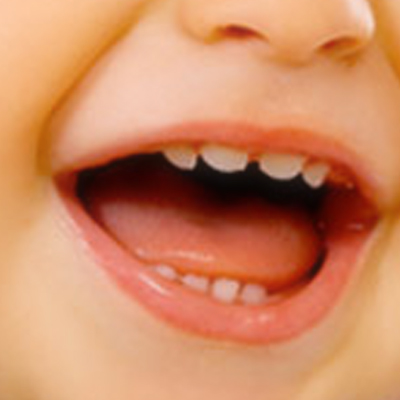
.jpg)
